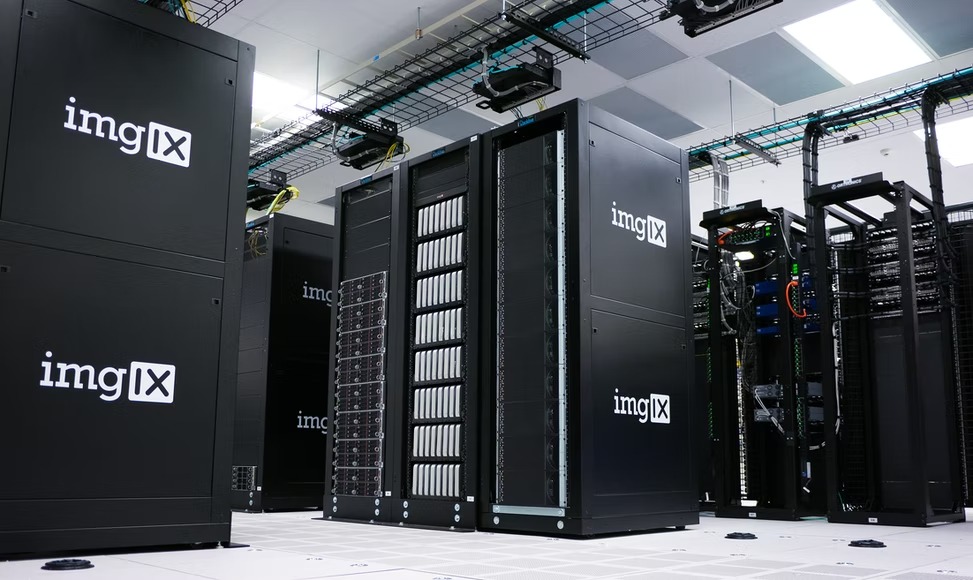Filtering traffic between two networks is important. What is a packet filtering firewall?
What Is Packet Filtering Firewall?
A firewall is a network protection device that monitors the incoming and outgoing network traffic and network resources. It performs filtering of network packets to allow or deny the packet to pass through the network. The firewall doesn’t allow any misconfigured or unauthorized computers to access your computer.
This prevents unauthorized access from outside to inside networks. Packet filtering firewall works at Network Layer (layer 3) of OSI Model. It works on layer 3 header information i.e. IP header information for deciding packet filtering.
Packet filtering firewall filters out unwanted packets which are not allowed to enter the network from outside to inside networks. These types of firewalls are very much easy to configure and implement in any network. Packet filtering firewall works based on predefined rules which we configure in it.
We can allow or deny any particular protocol, port, or IP address in our protected network according to our convenience. It denies all other traffic, apart from what is allowed by rules configured in it, i.e., a packet filtering firewall doesn’t filter traffic. This is allowed by its own rules (i.e., it allows only permitted traffic).
It doesn’t give any chance to malicious users or hackers to get into the protected network (i.e., it filters unwanted traffic).
Network Packets Monitoring
A stateful packet filtering firewall allows only those packets into a computer’s internal network that were sent by computers. These addresses were previously registered by other, authorized computers already inside the internal network. Also, stateful packet filtering allows only authorized traffic).
A stateful packet filtering firewall maintains a session table that allows only outgoing traffic (i.e., it allows only outgoing traffic). It doesn’t allow any misconfigured or unauthorized computers to access your computer. A stateful packet filtering firewall works at Network Layer 3 of the OSI Model.
This filters out unwanted packets which are not allowed to enter the network from outside to inside networks. So, it filters all incoming and outgoing traffic based on the state table that is maintained by the firewall. Also, we don’t need to manually configure rules for each client and server connection.
Open Systems Interconnection
The Open Systems Interconnection (OSI) model is a conceptual model. It characterizes and standardizes the communication functions of a telecommunication or computing system without regard to their underlying internal structure and technology. So, the model partitions a communication system into abstraction layers and defines the interfaces between adjacent layers.
This network model was originally developed by the International Organization for Standardization (ISO) and was first published in 1978. It was intended to facilitate interaction between different vendors’ network equipment. Also, the OSI reference model provides three different views of the network: the application view, the transport view, and the network view.
The OSI reference model is an open system specification that is used as a standard way of describing protocols in TCP/IP networks. It uses a layered architecture to separate functions into seven distinct groups. Thus, OSI Model is widely used in computer networking.
